The police officer gave us the signal to come closer, a lethargic hand wave that appeared to consume all of his strength. He opened the passports briefly, a gestrue that seemed to happen more out of habit than necessity, closed them again and gave them back to us. No stamps, it probably was to much of a hassle. "Dobrodosli" - Welcome to the Balkans.
On our way to the Croatian coast we decided to take a short detour over Bosnia, the place I was born. I haven't been here for quite a while and it was time to pay a visit to some close friends, but most of all I wanted to show Nikki this part of the world.
We were headed for Sarajevo, the infamous capital. I left it in 1992 during the first year of the Bosnian war, while the city was under siege. It was a dirty, ethnical war and not something I like to talk about too often. Now, 20 years later, the remnants of that war are still visible everywhere to the trained eye, ugly scars that never managed to heal, tormenting and dividing the whole country.
Some might even argue that Bosnia isn't a real state at all - to this day it is still divided into ethnical regions and progress is slow, to say the least. Like most people that left I never really looked back, visiting maybe for just a couple of days each year. But for some reason, now after traveling the world for a couple of years I felt strangely comfortable here.
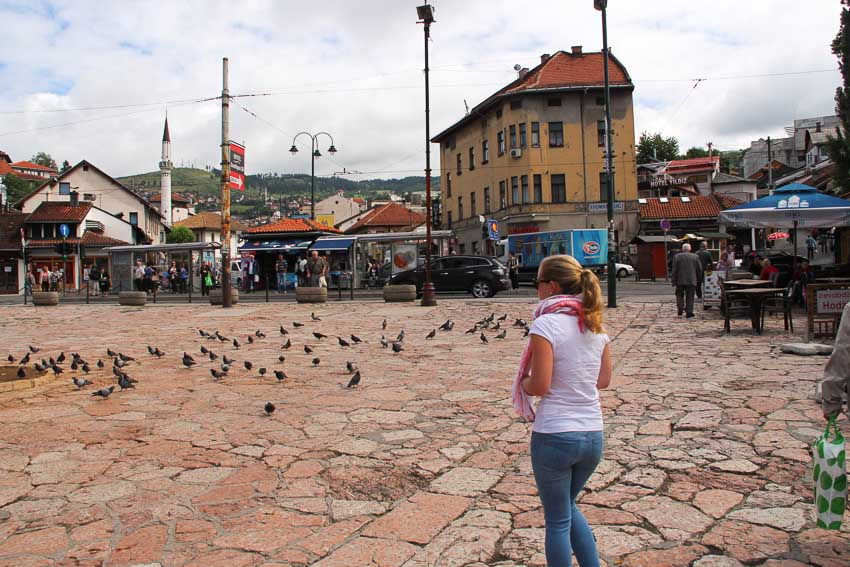
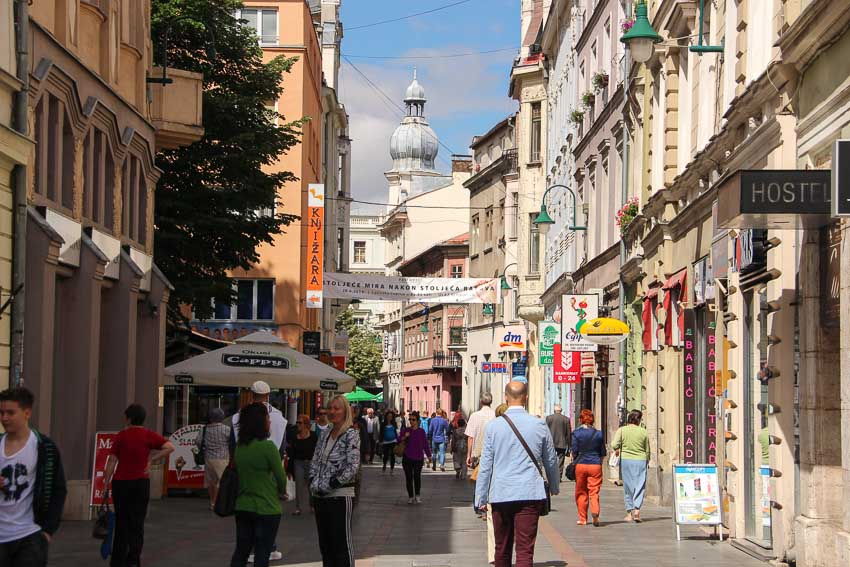
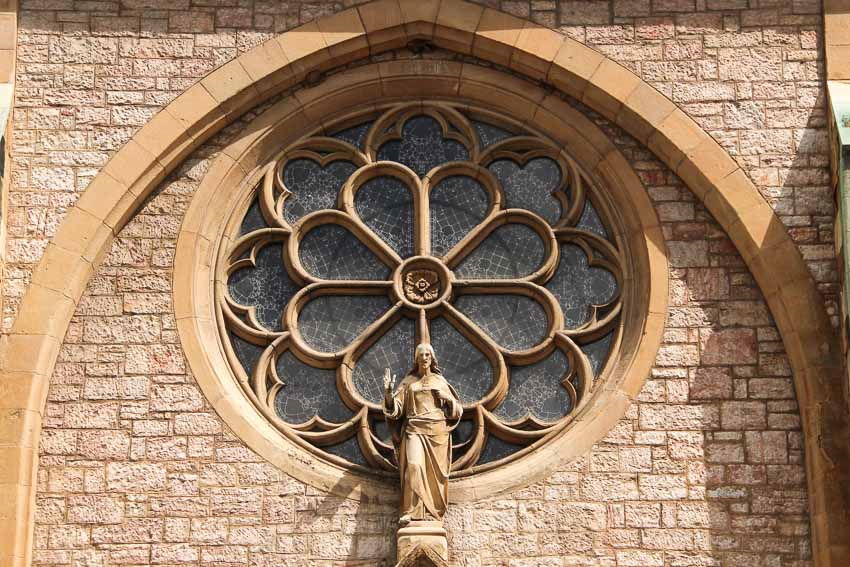
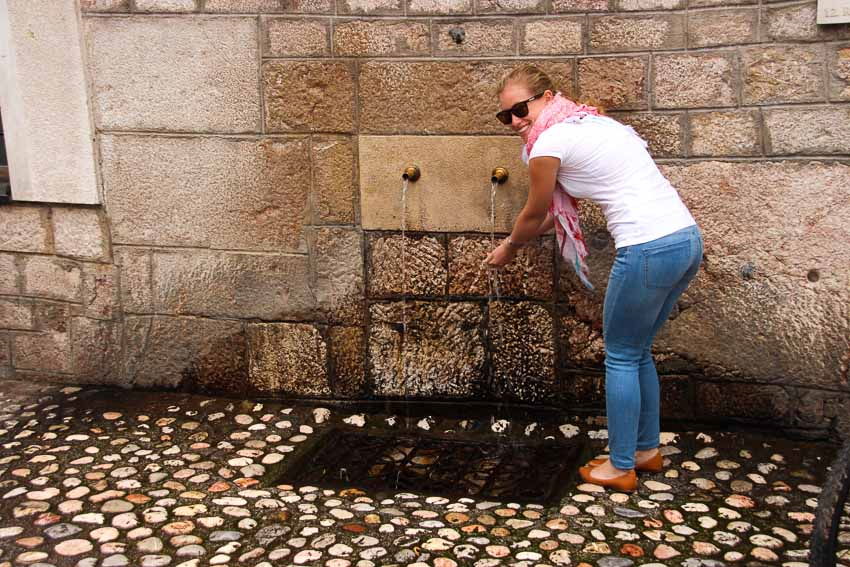
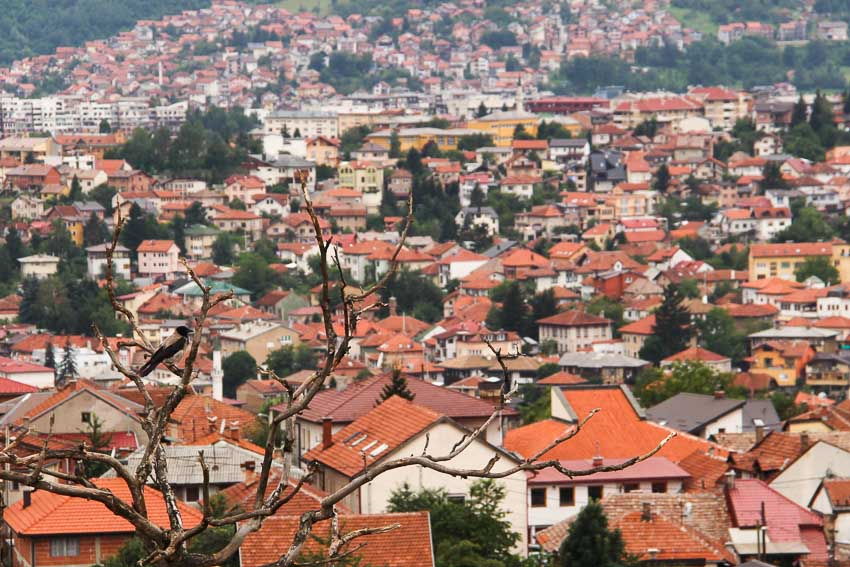
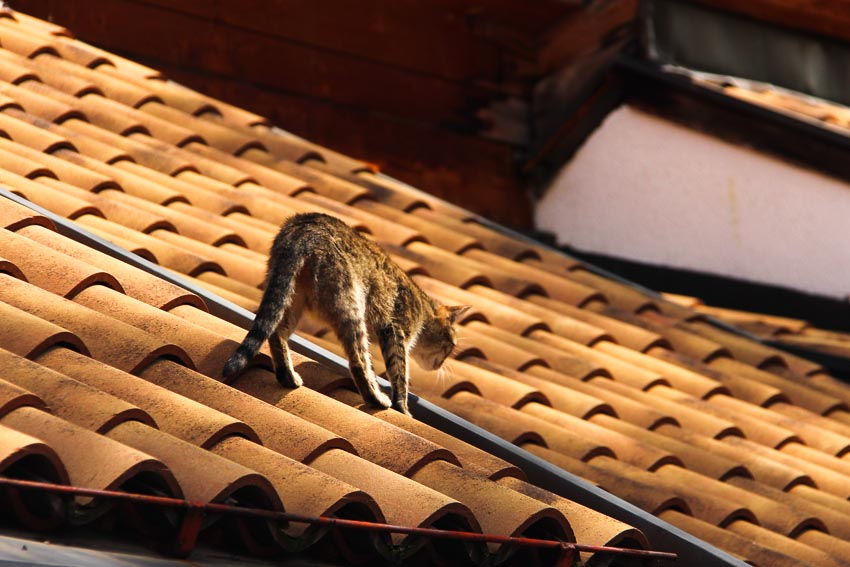
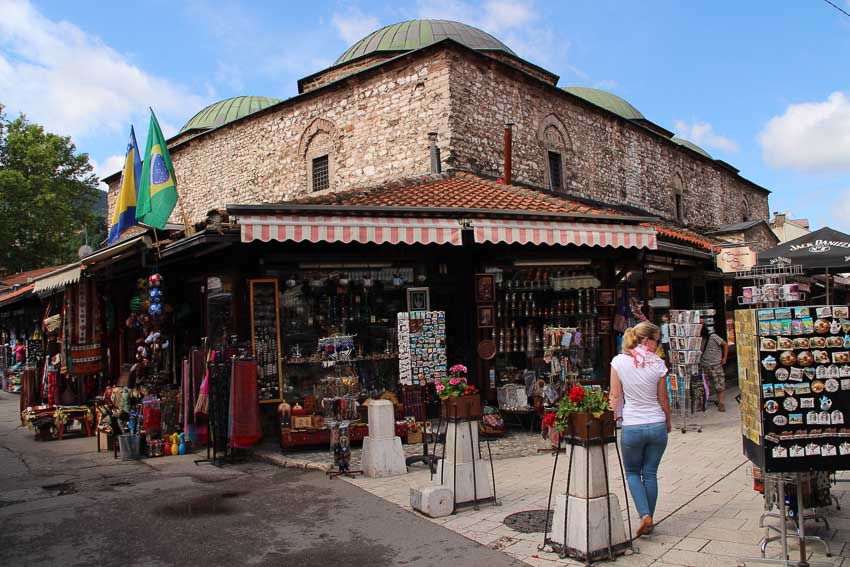
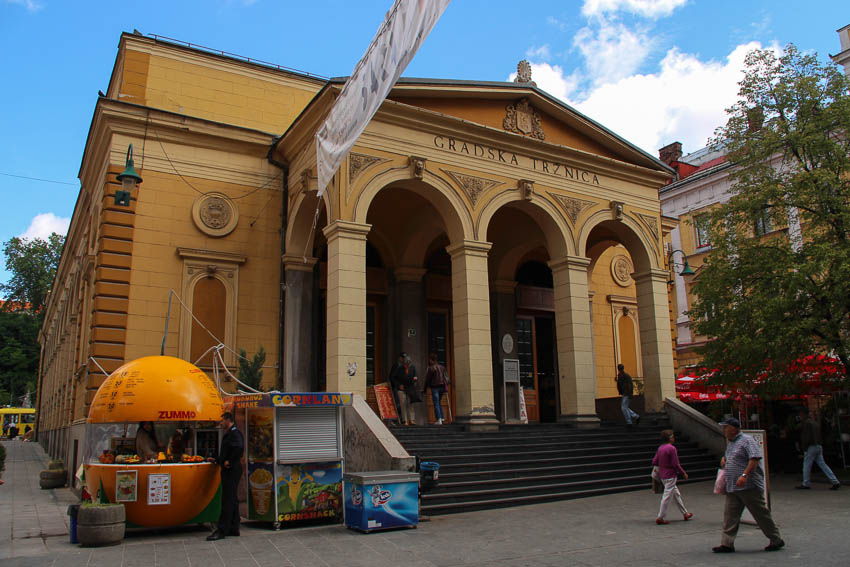
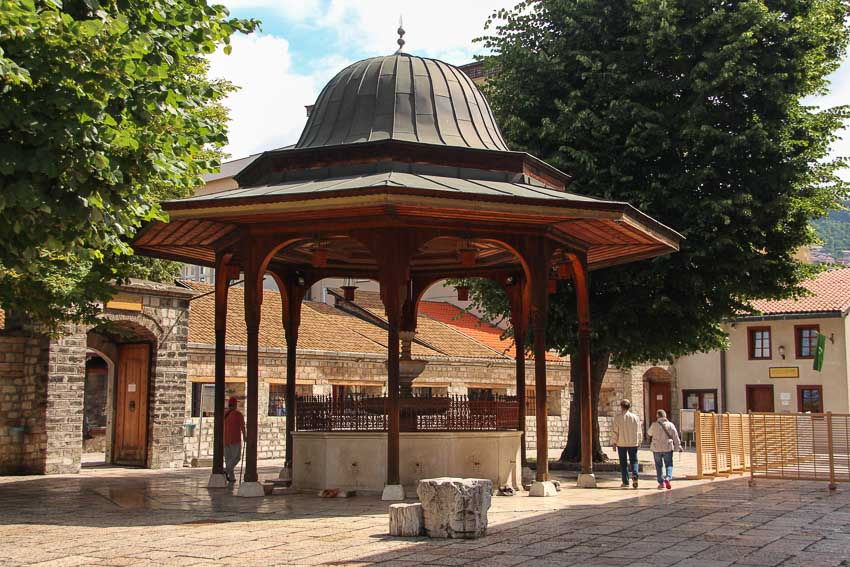
The European "Pyramids"
On the way to Sarajevo we passed Visoko, a city that got some controversial attention a couple of years back.
"Hey Nics, you see that geometrically shaped mountain over there? Some people here claim it's the largest man-made pyramid on earth."
"What?? Really?"
"Yeah, you never heard of the famous Bosnian pyramids??"
In 2005 the author and somewhat archeologist Semir Osmanagic proclaimed that the hills near Visoko were once a shaped and covered structure, making it look like a Mayan pyramid. Inernational specialists and archeologists however were not allowed to analyse the excavations for a long time, and by the time they did it was concluded that the hills were just a natural formation.
In the end the European Association of Archeologists called te whole hypothesis a "cruel hoax". I wish I could say that things like that are untypical for these parts.
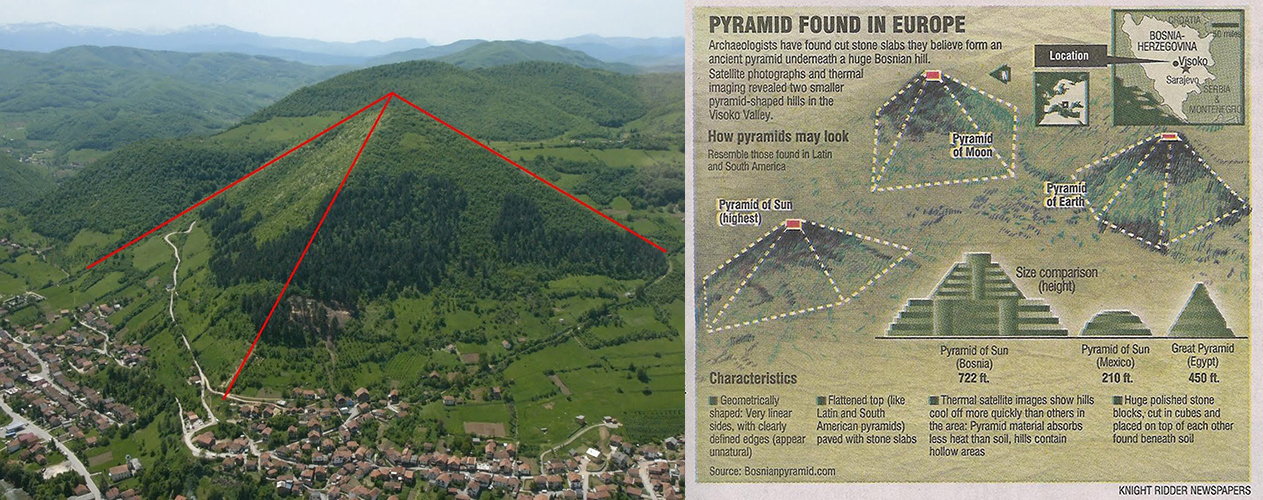
Sarajevo - The scarred capital
We spent most of our short time in Sarajevo in "Bascarsija", the oldest part of the city built by the Ottomans in the 15th century. Roughly translated from Turkish the word means "main markets", and that is what it still is today, with additional cafes and restaurants of course.
The rest of the old city was build by the Austo-Hungarian Monarchy, which Sarajevo was part of until 1914. The date is not incidental, Sarajevo is the place that kicked off the main events that followed that year.
Gavrilo Princip, for some a hero and for some a villain, assassinated Archduke Franz Ferdinand and his wife in these streets, an act that was used as a pretext for Austria-Hungary's invasion of Serbia and ultimately led to World War I. We just arrived in time for the 100 years anniversary.

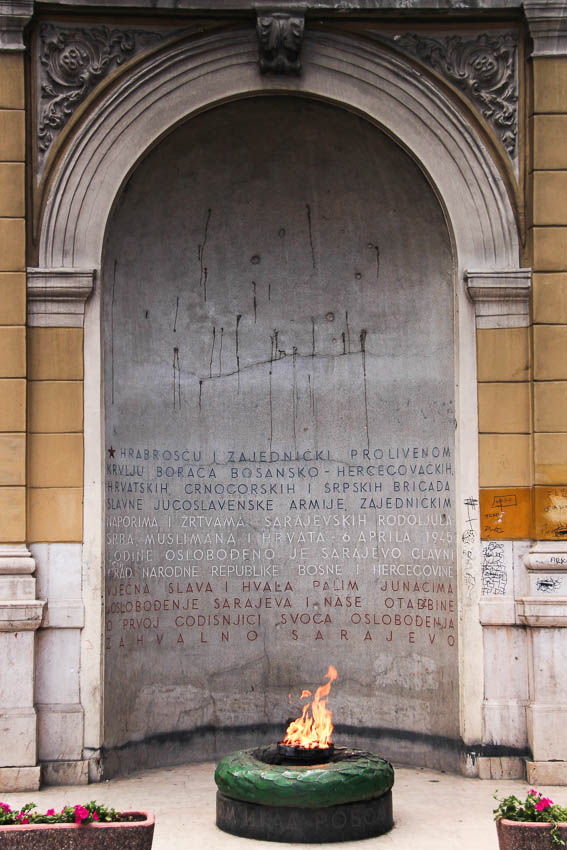
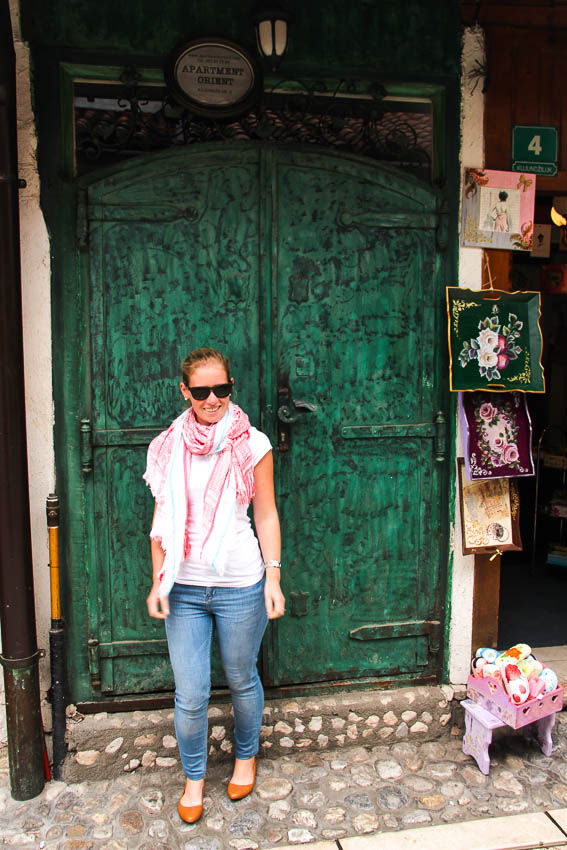

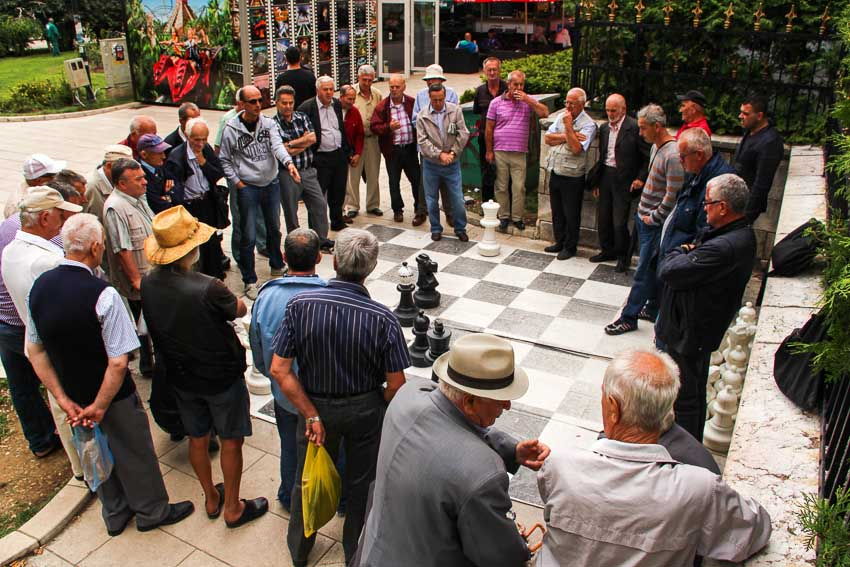

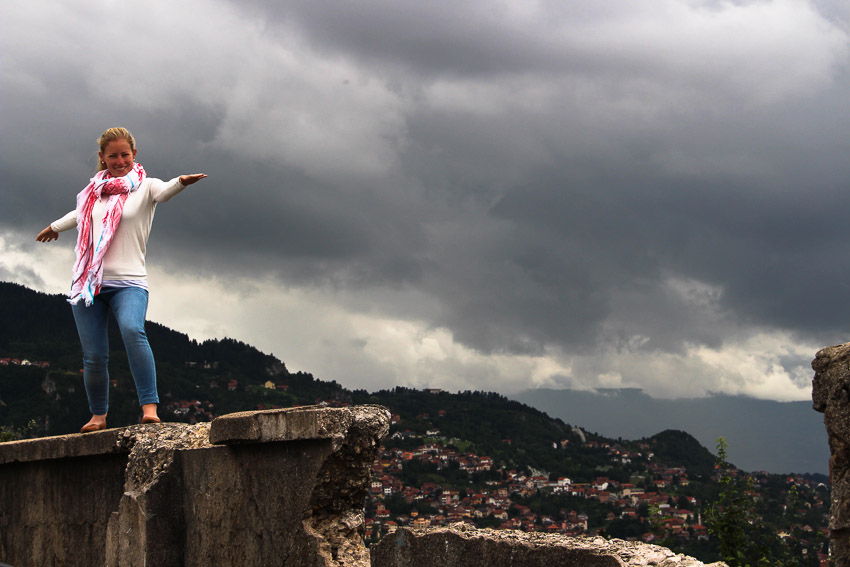
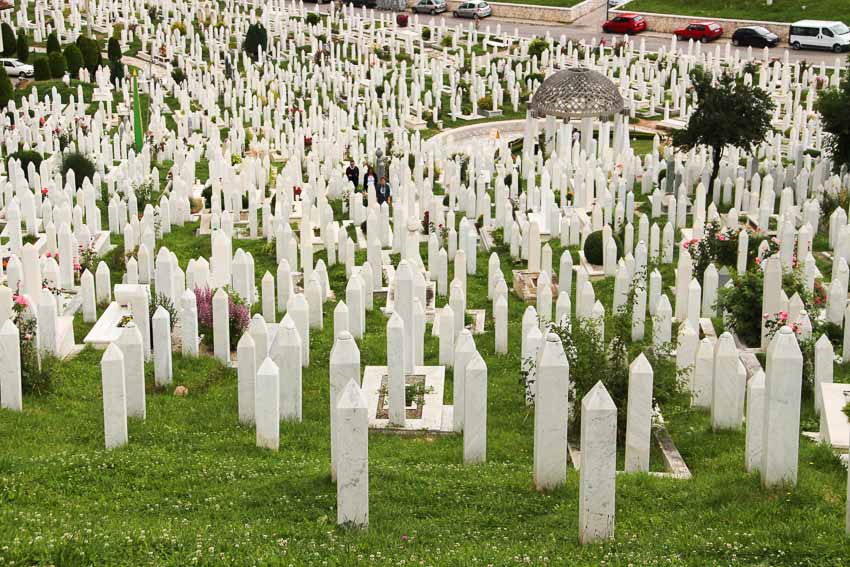
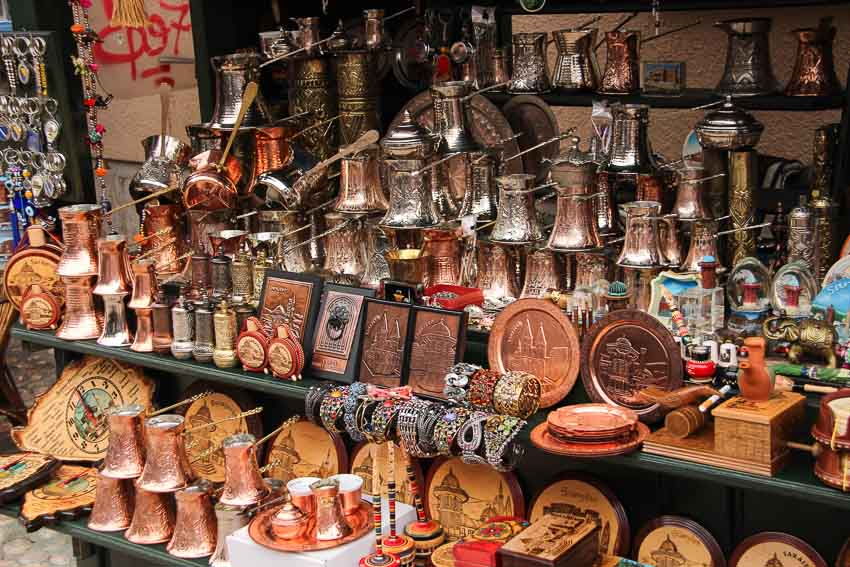

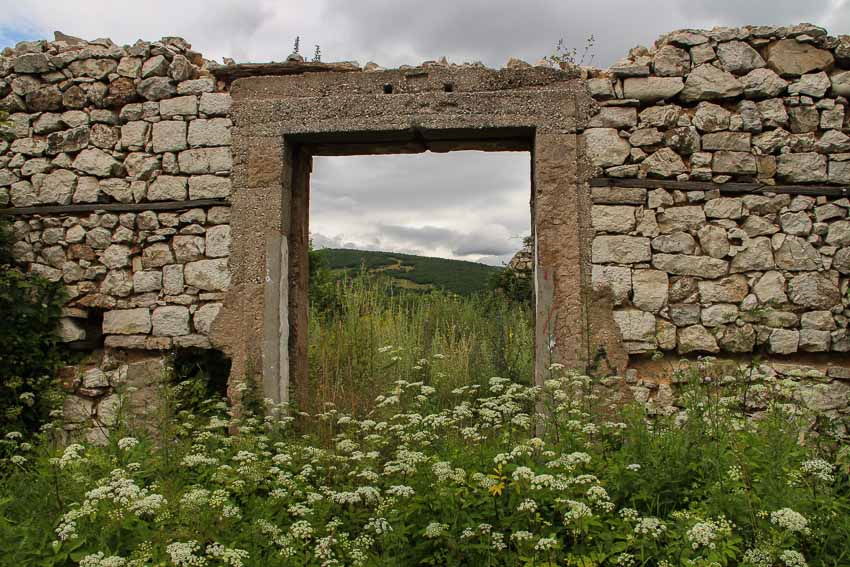
The rest of the afternoon we spent in the hills around the city, led by our local guide, who also happens to be my best friend. The outlook up there is amazing, you have a clear view of the whole city and the surrounding hills.
Old legends say that long ago those hills were inhabited by Dragons, vicious beasts that would come out during a solar eclipse and swallow up the sun. You might still find some oldtimers that will warn you of going out during such an event.
Unfortunately those dragons mysteriously disappeared around the same time the first photograph was invented, and they haven't been seen ever since, or at least not until recently. But a short while ago a lot of them were sighted again, 11 altogether to be precise.
These Bosnian Dragons were wearing blue shirts and they were flying towards Brazil, ready to conquer the Soccer World Cup of 2014. But all their might could not protect them from a New Zealand referee, who singlehandedly kicked them out the tournement. Thank you mister Peter O'Leary, you are a mighty dragonslayer indeed.
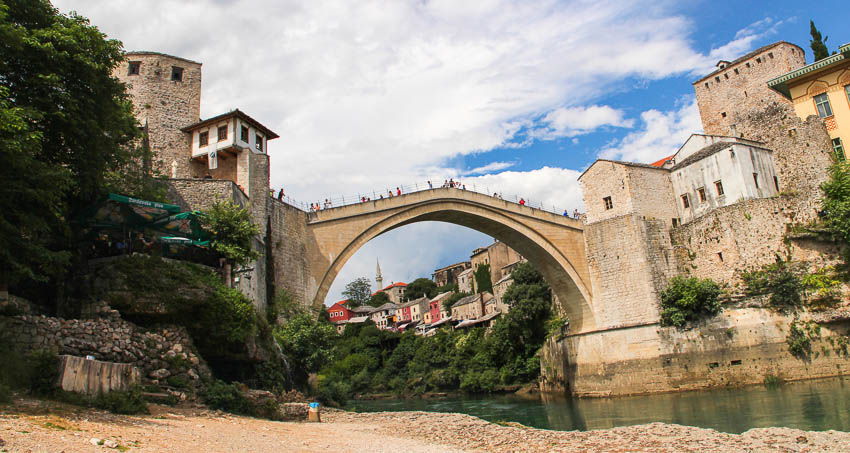
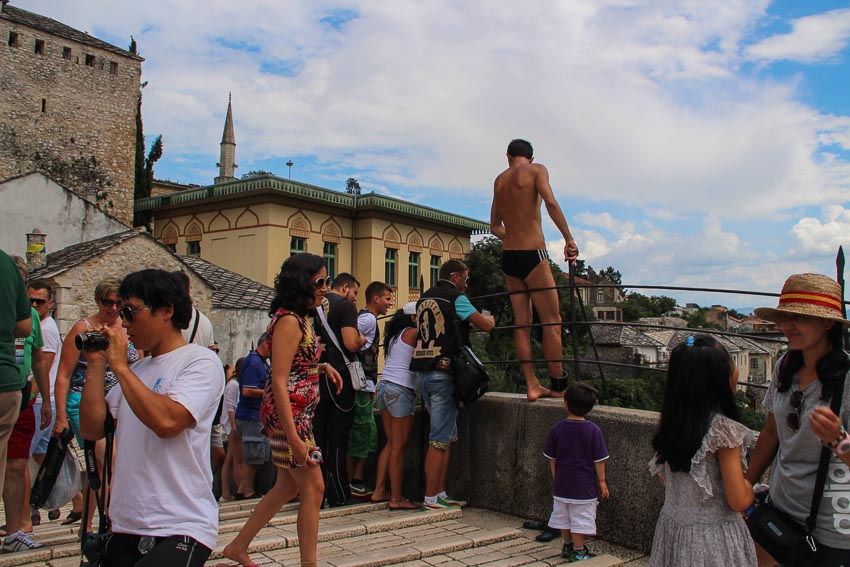
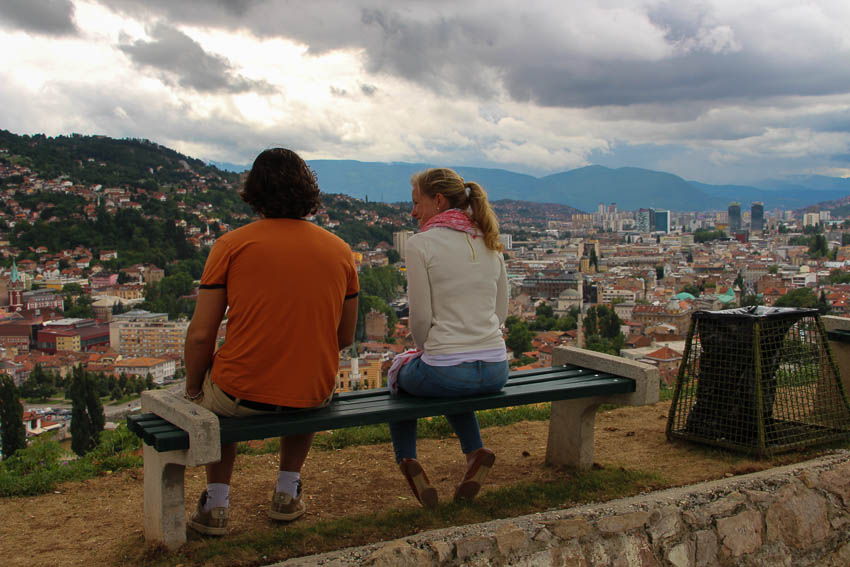
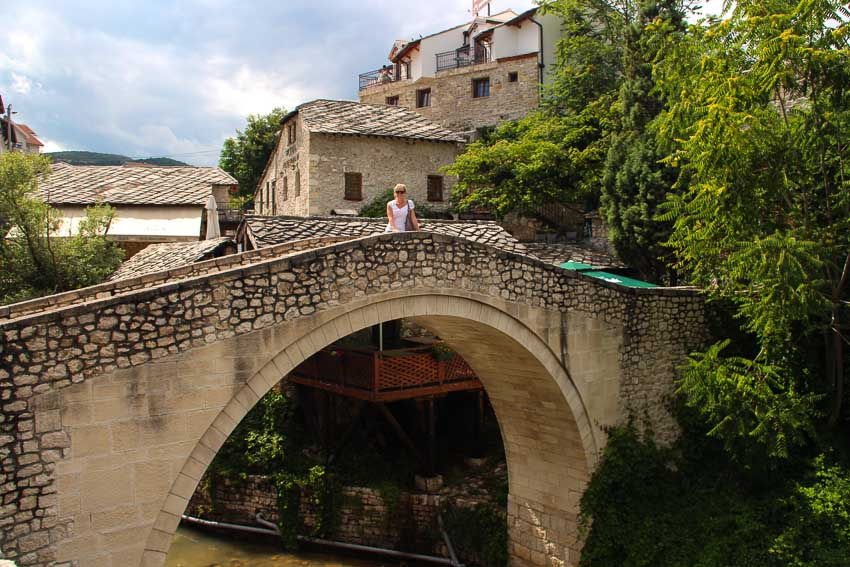


Mostar - The resurrected city
Our last stop before the Croatian border was the old city of Mostar. The city lies on the Neretva river and is mostly famous for it's iconic old bridge.
The bridge was built by the Ottomans in the 15th century and the city itself is named after the bridge keepers that used to protect the bridge in medieval times ("Mostari"). Similar to Sarajevo, Mostar was under siege for 18 months during the Balkan wars, and most of it's monuments were destroyed, counting Orthodox monasteries and chruches from the 19th centry, the bishop's palace with a library of over 50,000 books, over a dozen of mosques and the old bridge itself.
Most of these monuments were restored since, and the old bridge and it's close surrounding were declared a UNESCO World Heritage site in 2005. Of course there are also cafes and restaurants everywhere, it's just part of the culture. It's also the city with the biggest amount of tourists by far.
Our passports didn't get stamped on the way out either, but I guess that was to be expected. All in all we had a great couple of days in Bosnia and thanks to Nikki this was the first time for me to see it from an outsider perspective. But there is a saying here: "Svakog gosta tri dana dosta" which roughly translates to: "Three days is enough of any guest".